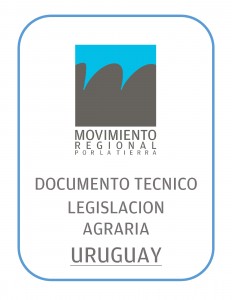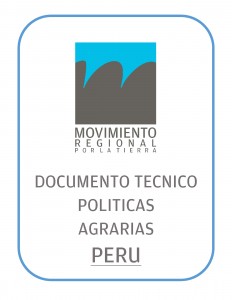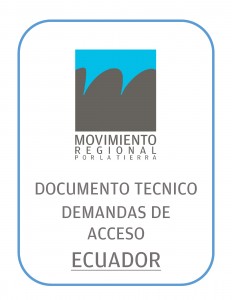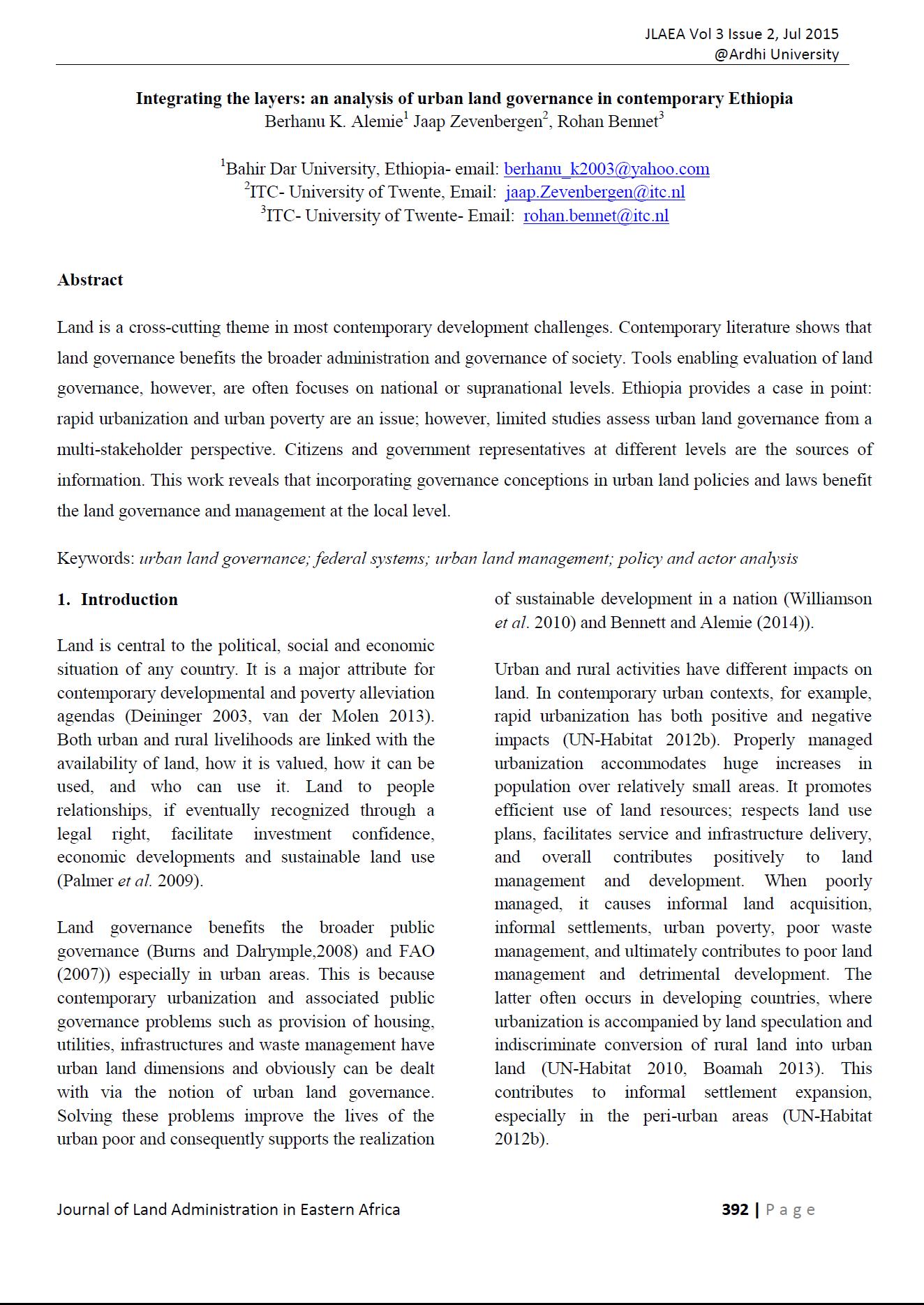Commission on Restitution of Land Rights on its 2014/15 Annual Report
The Committee on Rural Development and Land Reform was briefed by the Commission on Restitution of Land Rights (CRLR) on its 2014/15 annual report. The Commission had exceeded its targets by settling 428 new claims against a target of 379; finalising 372 claims against a target of 239; approving 119 projects against a target of 53; researching 1 525 claims against a target of 1 445; establishing 14 operational claims lodgement offices; and acquiring four mobile lodgement offices.










